The Michelin Guide is known for spotlighting restaurants that push culinary boundaries, deliver exceptional service, and craft unforgettable dining experiences. But even stars can mislead. Some spots with glittering accolades don’t quite live up to the hype when put to the test by everyday diners.
Here’s a list of 14 Michelin-starred restaurants that often leave visitors underwhelmed.
Le Cinq, Paris
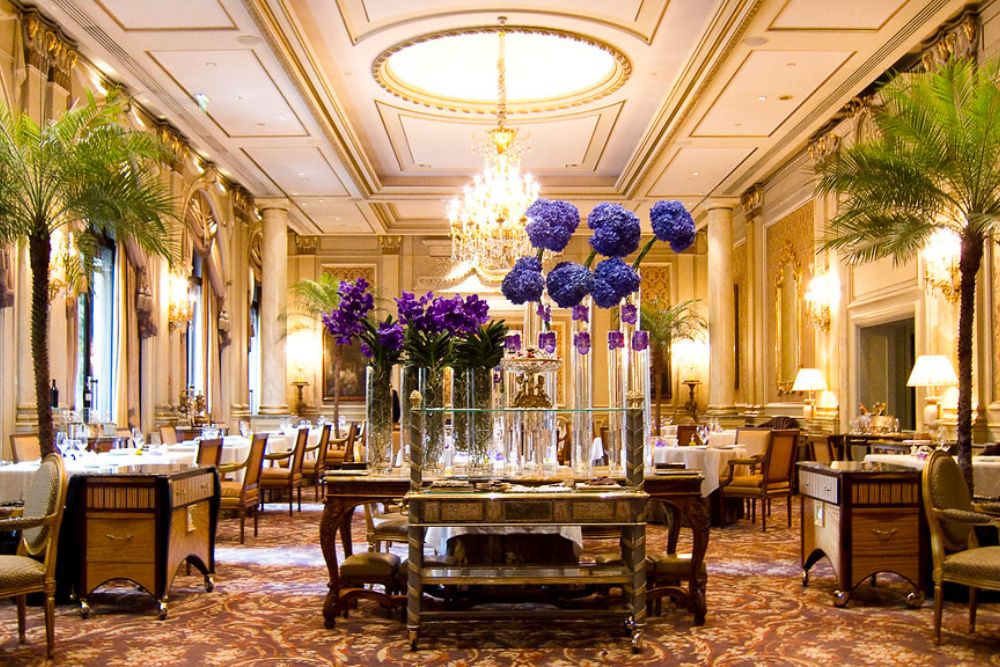
Despite its three-star status, Le Cinq has been repeatedly criticized for prioritizing presentation over flavor. Diners have walked away commenting on cold dishes and confusing flavor combinations that try too hard to impress.
For a place that charges hundreds for a single meal, many expect more than decorative flowers on the plate.
The Spotted Pig, New York (formerly starred)
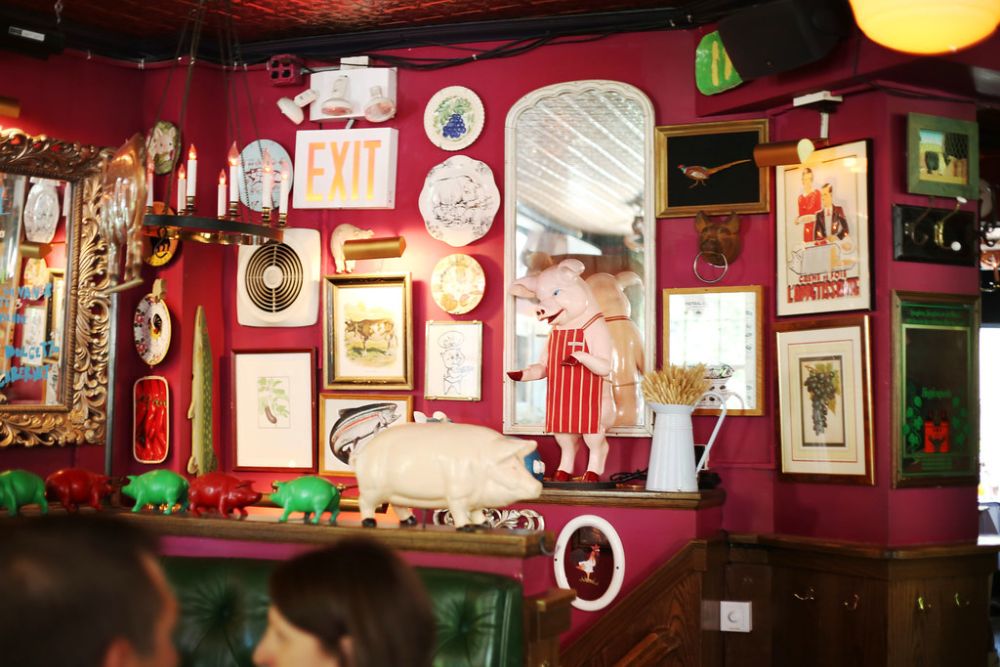
Once praised for its gastropub charm, The Spotted Pig slipped quickly into decline. Crowded spaces, inconsistent food quality, and controversial management all played a role in tarnishing its once-polished reputation.
It no longer holds its star— and for many, it never should’ve had one to begin with.
Like Travel Pug’s content? Follow us on MSN.
Sukiyabashi Jiro, Tokyo
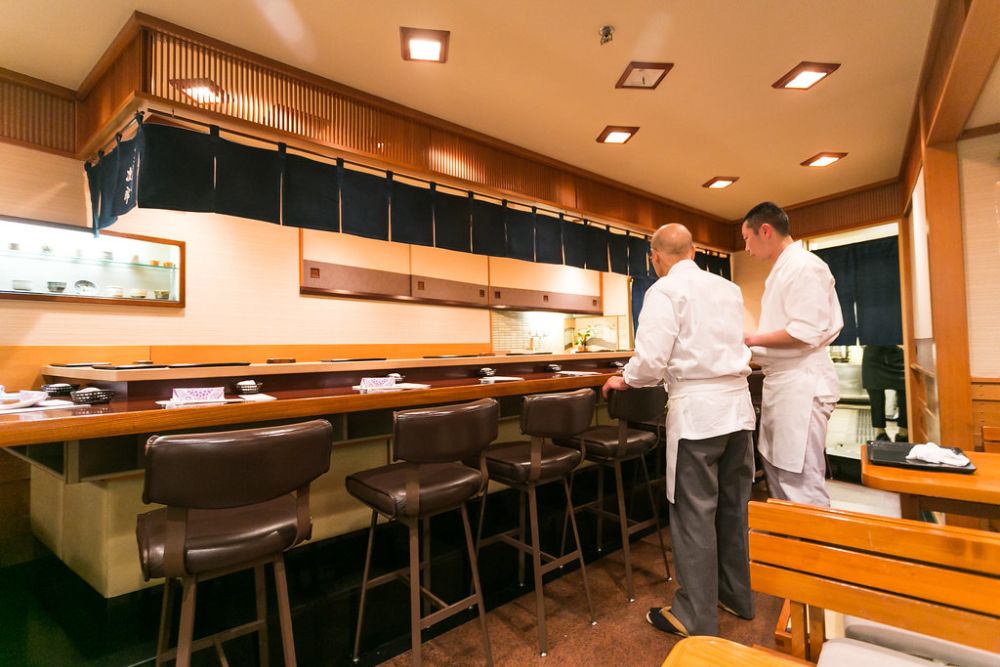
Made famous by a documentary, this sushi spot became a bucket-list stop. However, reviews suggest the experience is more rigid than refined.
Diners are rushed through their meals in under 30 minutes, and foreigners often report feeling unwelcome unless accompanied by a Japanese guide or translator.
Sketch (The Lecture Room & Library), London
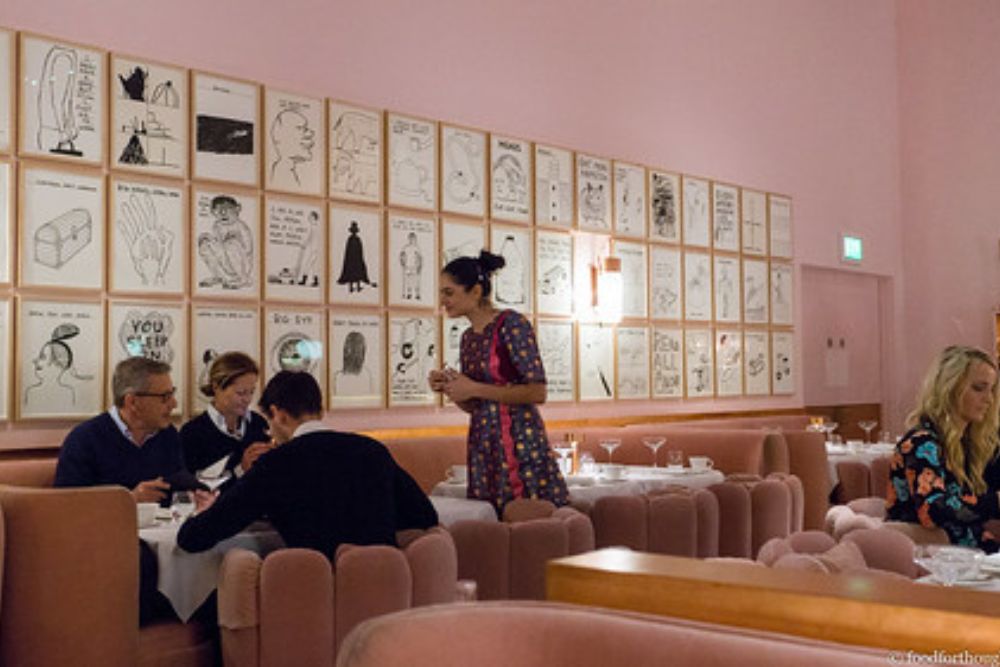
While the decor is undeniably stunning, the food doesn’t always match the ambiance. Guests have mentioned overcomplicated dishes that don’t justify the steep prices.
When a restaurant feels more like an art exhibit than a meal, the magic tends to wear off quickly.
Alinea, Chicago
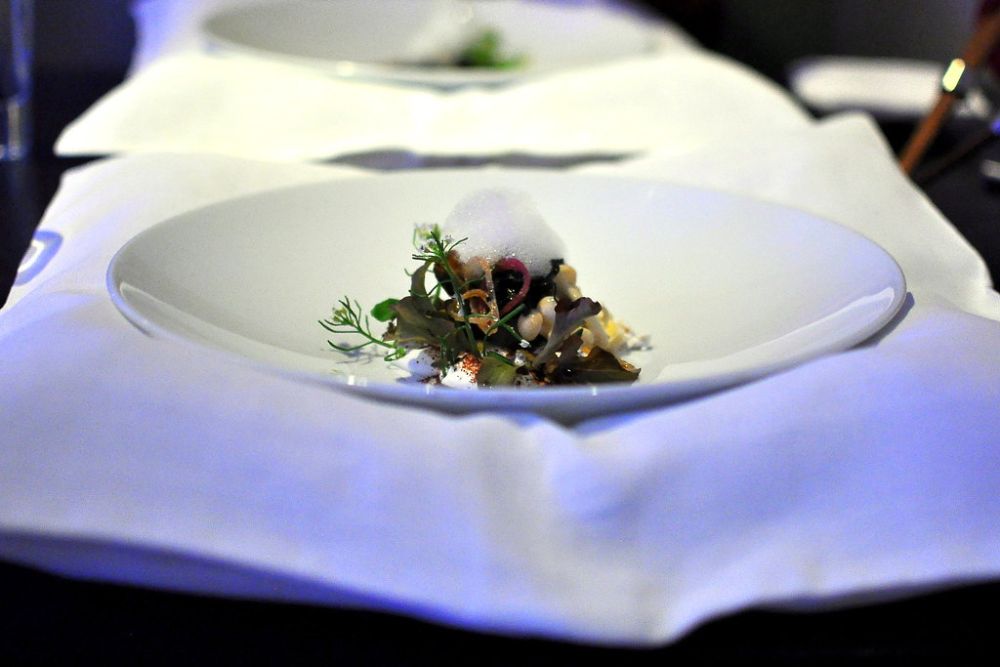
Known for its experimental approach, Alinea often feels like a science project on a plate. Diners who crave warmth or personality in their food might walk away unimpressed.
Edible balloons and aromatic pillows don’t always translate into satisfying bites.
Like Travel Pug’s content? Follow us on MSN.
Aqua, Wolfsburg
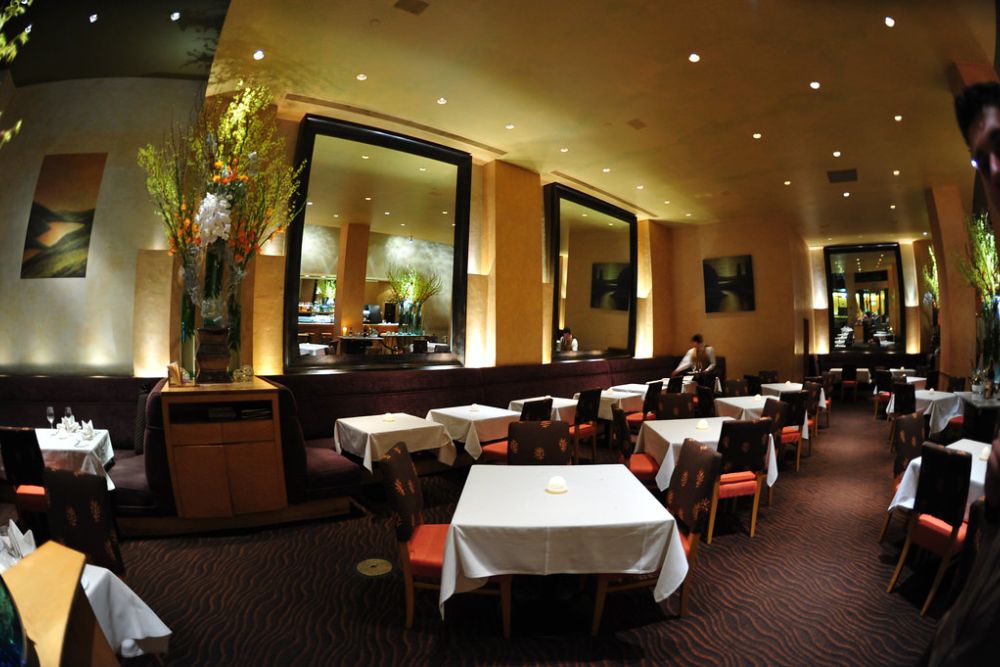
Perched in a luxury car-themed hotel, Aqua feels more like a corporate showroom than a cozy fine-dining spot. While the service is polished, many say the food leans too heavily on technical precision and lacks soul.
For a three-star restaurant, the emotional connection is surprisingly absent.
Noma, Copenhagen
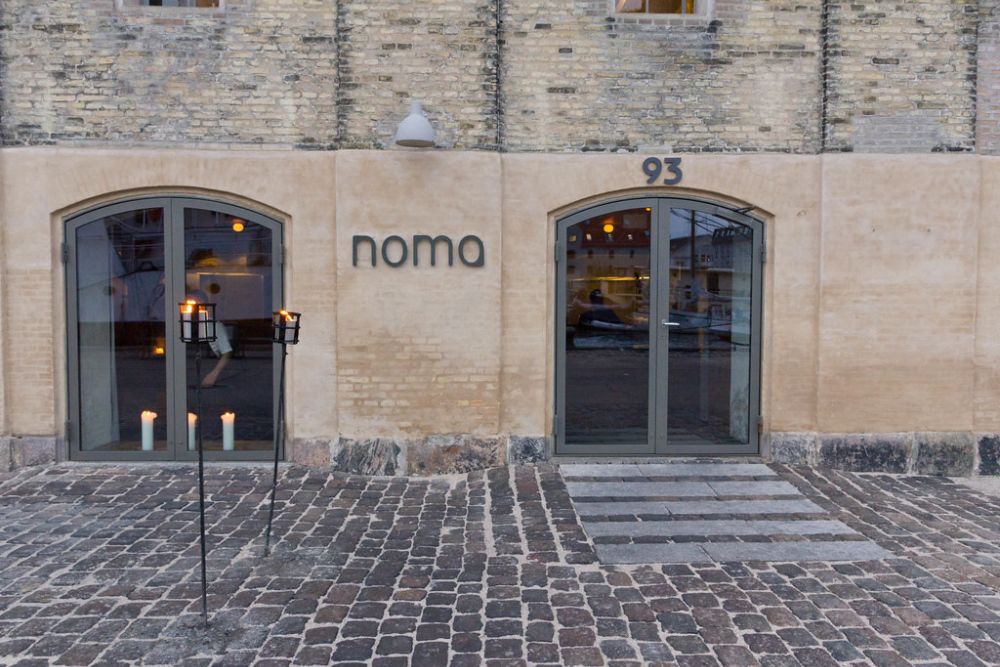
Despite being named the world’s best multiple times, Noma has left plenty of visitors confused. Some dishes feel like nature-themed art rather than food — think ants on a leaf or dried moss. It’s the kind of place people visit for clout more than comfort.
Guy Savoy, Paris
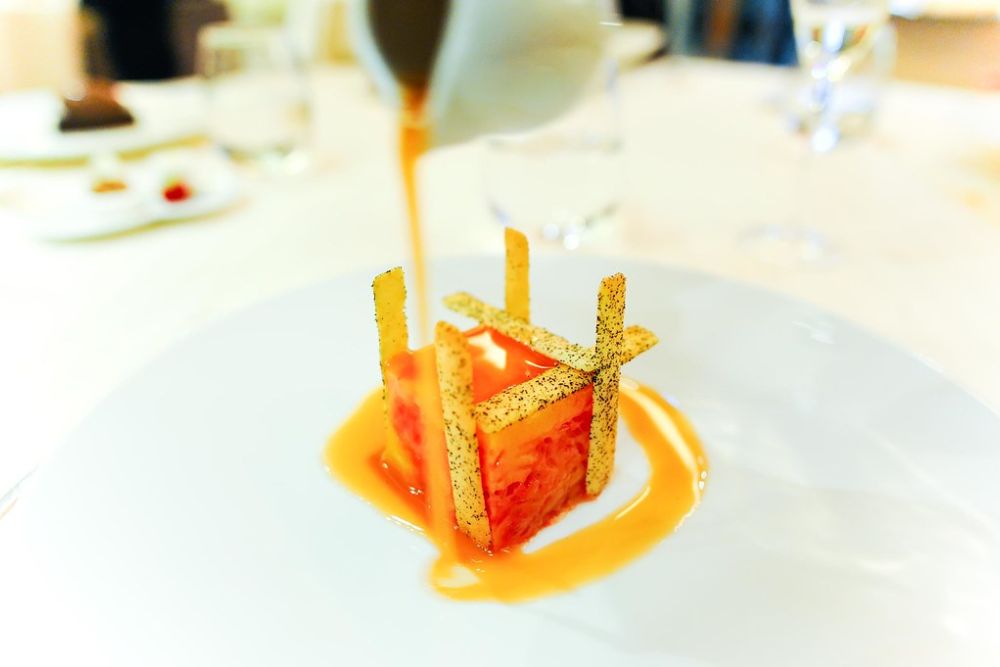
Once seen as a pillar of French haute cuisine, Guy Savoy has been slipping in rankings for years. Reviews cite diminishing quality and a menu stuck in time. The grandeur remains, but the innovation that once made it special seems to have faded.
Like Travel Pug’s content? Follow us on MSN.
Per Se, New York
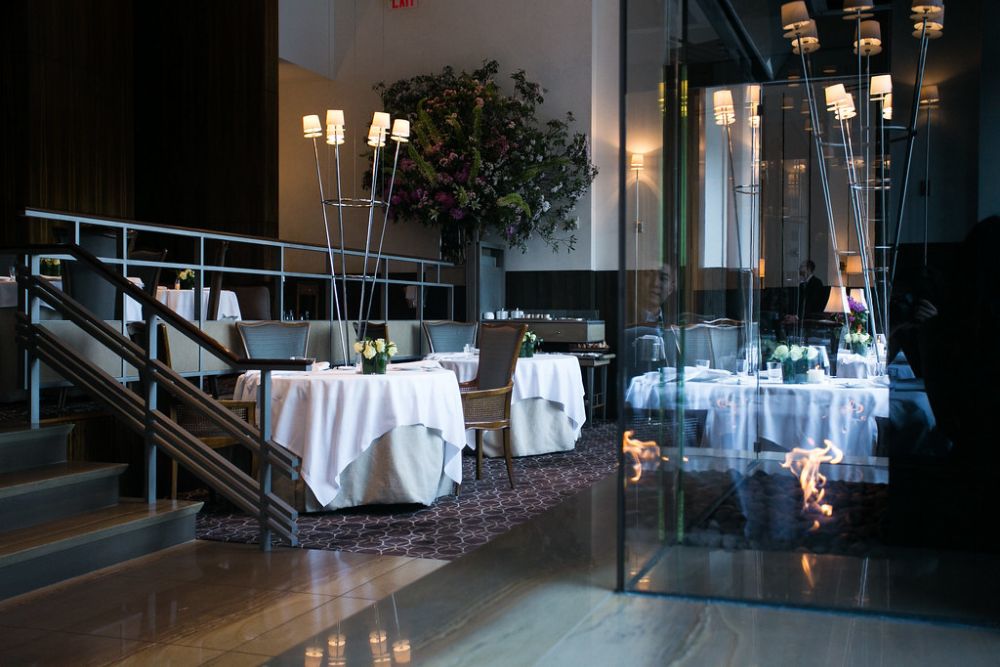
When a “New York Times” critic calls a Michelin-starred meal ‘stale and disjointed,’ you pay attention. Per Se has received criticism for being too stiff, with flavors that fail to spark excitement.
The luxurious setting can’t always make up for underseasoned courses.
The Fat Duck, Bray
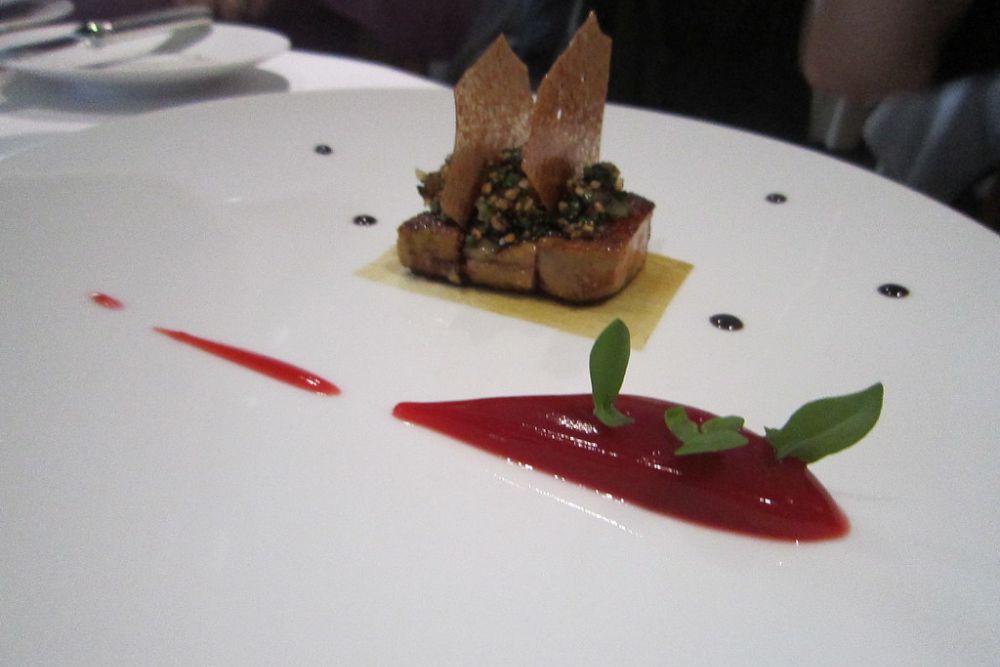
The Fat Duck made its name through wild creativity, but some diners now find it more gimmick than greatness. Long menus and theatrical presentations can feel exhausting rather than exciting.
And with price tags soaring, expectations rise accordingly — and aren’t always met.
Maaemo, Oslo
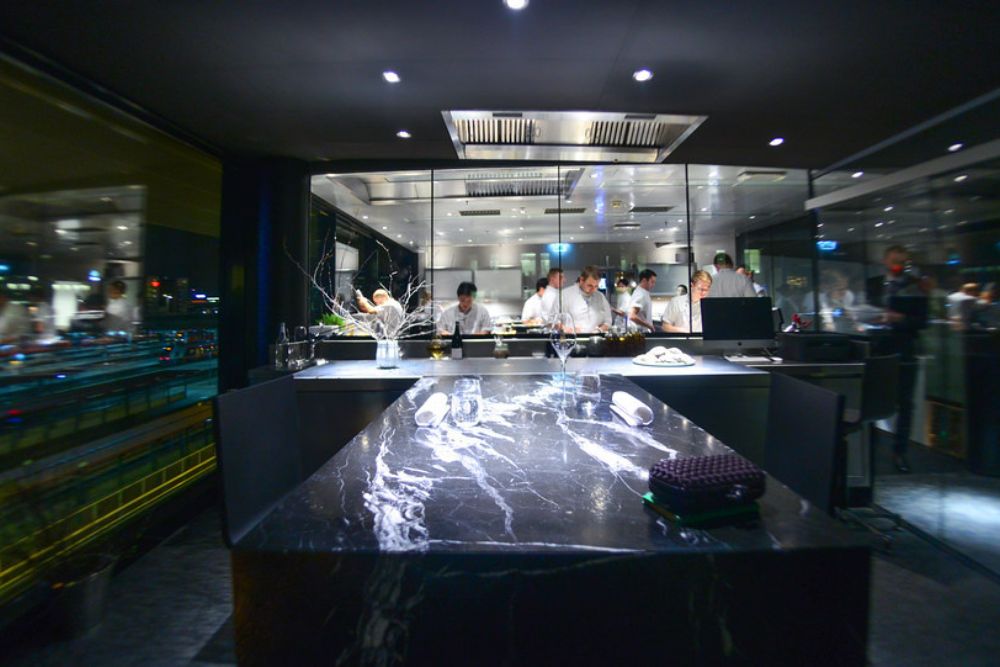
Maaemo offers a nine-course Nordic experience — but many find the portions tiny and the flavors subtle to the point of forgettable. When minimalism crosses into blandness, it’s hard to justify a three-star rating.
The atmosphere also feels a bit too austere for such a hefty bill.
Like Travel Pug’s content? Follow us on MSN.
Restaurant Gordon Ramsay, London
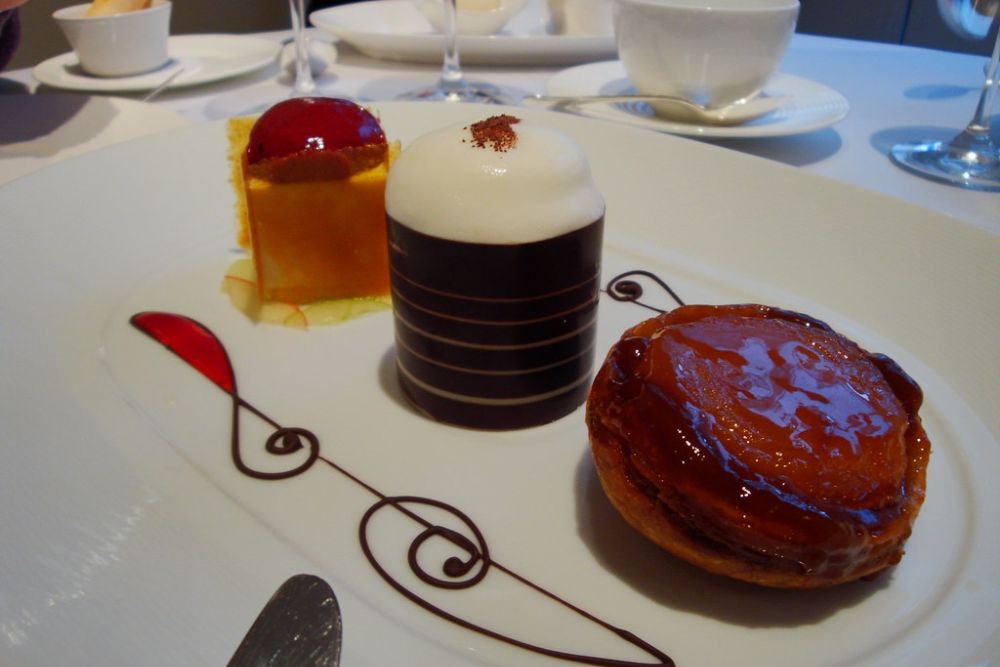
Despite carrying one of the biggest names in the business, this restaurant gets mixed reviews. Some say the food plays it too safe — flawlessly cooked but uninspired.
Others note that the service can feel too rehearsed, lacking the warmth you’d expect at this level.
Amber, Hong Kong
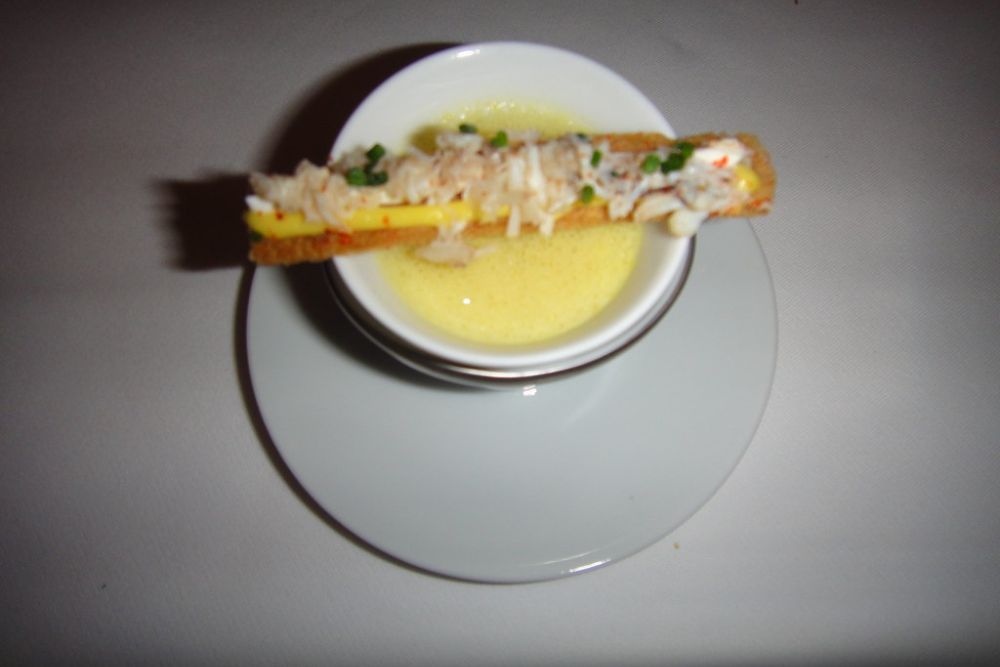
Amber used to be known for bold Asian-European fusion — but after a recent reinvention, the menu feels oddly muted. Many diners miss the flavor punches that once defined it. While still technically elegant, it’s lost the edge that made it special.
Joel Robuchon, Tokyo
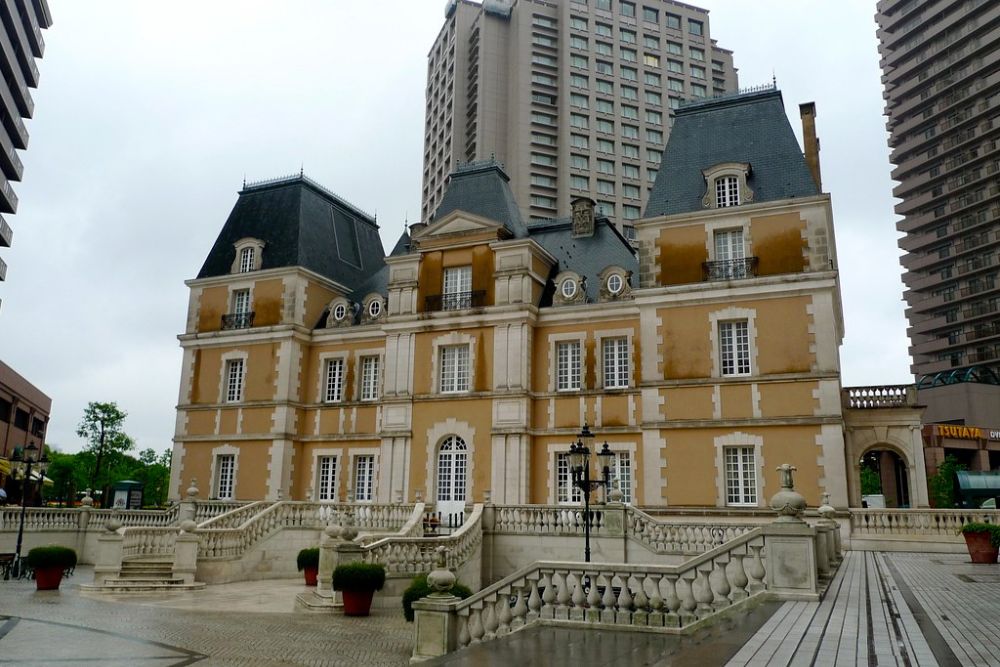
This branch of the late Robuchon’s empire delivers textbook precision — but also feels oddly robotic. The formality can be stifling, and the food, while technically flawless, often lacks surprise. For those seeking emotion or risk in their dishes, it can fall flat.
Like Travel Pug’s content? Follow us on MSN.
Where Reputation Isn’t Enough
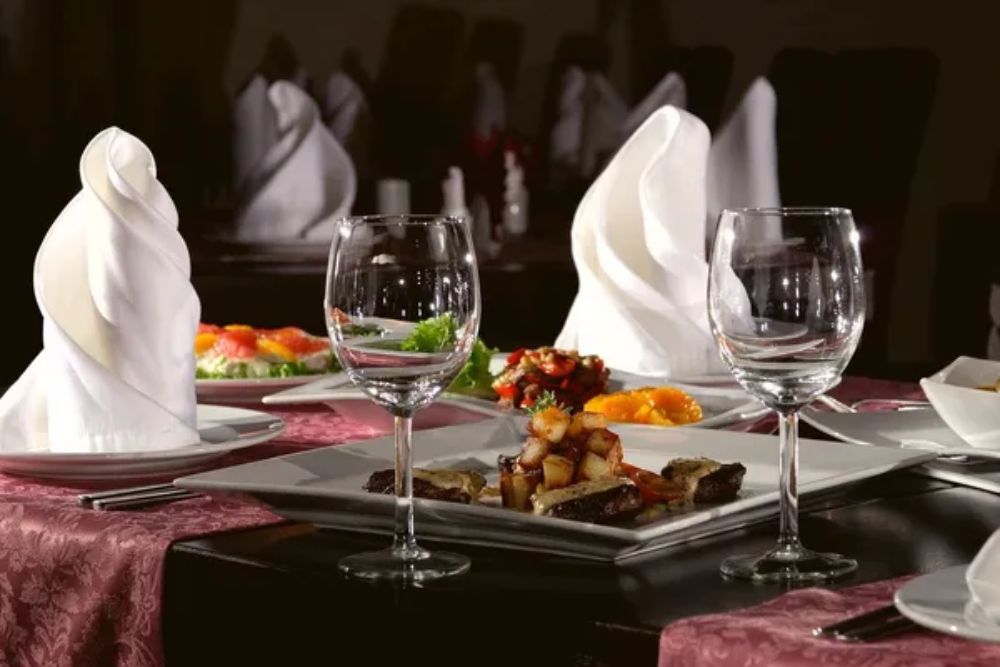
Having a Michelin star might look good on paper, but it doesn’t guarantee satisfaction. When restaurants chase accolades over authenticity, the soul of the meal can get lost somewhere between the plating and the bill.
As expectations rise, so does the need for real substance — because, in the end, no one wants to pay for pretty food that doesn’t taste like much.
More from Travel Pug

- 20 Best Beach Towns in the Carolinas
- 13 Destinations Where Tourists Regularly Regret Their Trip
- 20 Things You Actually Get in First Class
- 20 Small Airports With Aviation Museums
- 20 Places in the U.S. That Are Perfect for a Reset Trip
Like Travel Pug’s content? Follow us on MSN.
